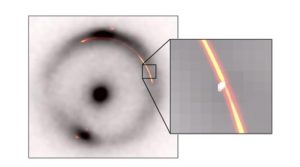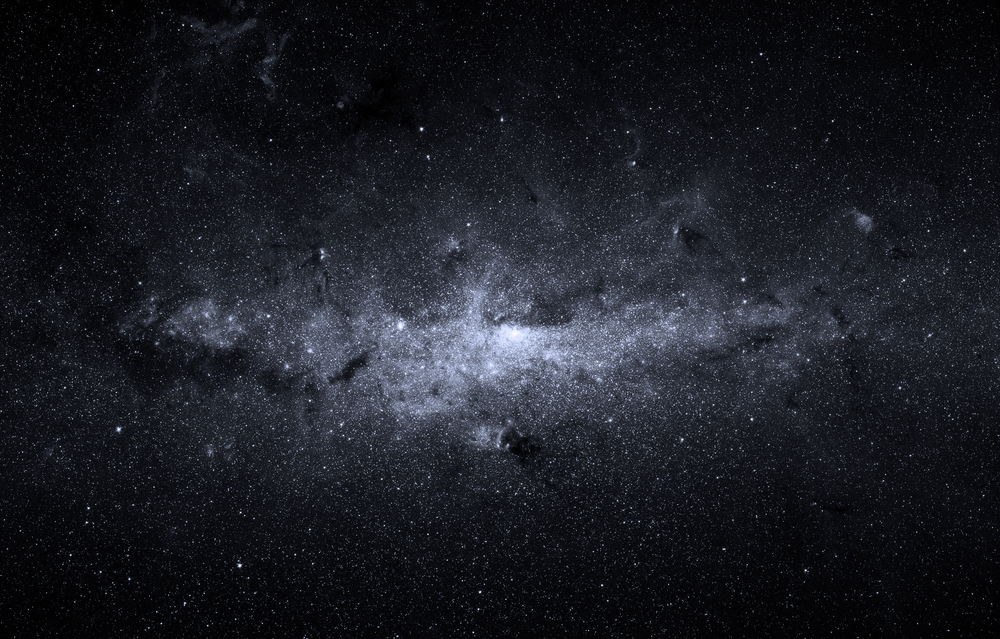Through a network of global telescopes, astronomers have discovered the lowest-mass dark object ever discovered in the Universe.
By uncovering the nature of this dark object, theories about the nature of dark matter could be ruled out.
The mystery object has a mass about 1 million times that of our Sun. Its nature is unknown – it could be a clump of dark matter 100 times smaller than any previously detected, or it might be a very compact, inactive dwarf galaxy.
“It’s an impressive achievement to detect such a low mass object at such a large distance from us,” said Chris Fassnacht, professor in the Department of Physics and Astronomy at the University of California, Davis, who co-authored the study.
“Finding low-mass objects such as this one is critical for learning about the nature of dark matter.”
Detecting the dark object through gravitational lensing
The dark object does not emit any light or other radiation; therefore, it was detected by the way its gravity distorts light passing through or near it.
This effect is known as gravitational lensing, and based on the distortion, astronomers can infer the amount of matter in the unseen object.
The new object is so small that it was detected by inducing a small pinch in the distorted image caused by a much larger object, like a flaw in a funhouse mirror.
A worldwide collaboration of telescopes
The team used instruments including the Green Bank Telescope (GBT), West Virginia; the Very Long Baseline Array (VLBA), Hawaiʻi; and the European Very Long Baseline Interferometric Network (EVN), which includes radio telescopes in Europe, Asia, South Africa and Puerto Rico to create an Earth-sized super-telescope, to capture the subtle signals of gravitational lensing by the mysterious dark object.
 The black ring and central dot show infrared image of a distant galaxy distorted by a gravitation lens. Orange/reg shows radio waves from the same object. The inset shows a pinch caused by another, much smaller, dark gravitational lens (white blob). Credit: Devon Powell, Max Planck Institute for Astrophysics
The black ring and central dot show infrared image of a distant galaxy distorted by a gravitation lens. Orange/reg shows radio waves from the same object. The inset shows a pinch caused by another, much smaller, dark gravitational lens (white blob). Credit: Devon Powell, Max Planck Institute for Astrophysics
It is by a hundred-fold the lowest mass object yet found by this technique, suggesting that the method could be used to find other, similar objects.
“Given the sensitivity of our data, we were expecting to find at least one dark object, so our discovery is consistent with the so-called ‘cold dark matter theory’ on which much of our understanding of how galaxies form is based,” explained lead author Devon Powell at the Max Planck Institute for Astrophysics (MPA), Germany.
“Having found one, the question now is whether we can find more and whether the numbers will still agree with the models.”
The team will now analyse the data further to better understand the nature of the dark object. They will also look for more examples of such dark objects in other parts of the sky.

